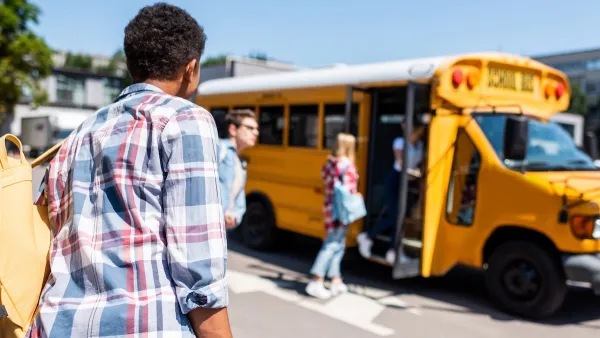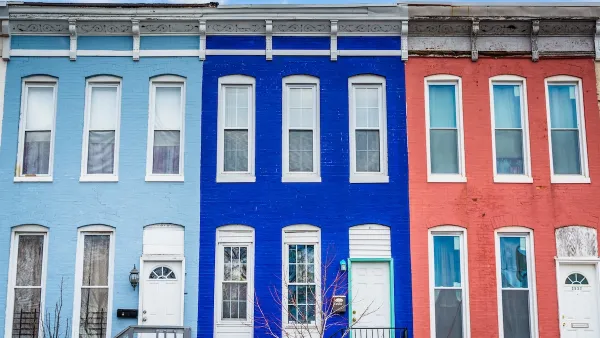When Baltimore got funding for a round of school renovations, the state directed it to design schools that would also advance neighborhood revitalization — and it learned some lessons about why that's not always so simple.

Baltimore's 21st Century School Buildings Program (21CSBP) demonstrates how school infrastructure investments can be leveraged for broader community development goals. Launched in 2013 with $1.1 billion in funding, the program has built or renovated 27 schools while intentionally connecting these investments to neighborhood revitalization efforts.
Four key lessons emerged from Baltimore's experience:
- Different institutional philosophies between education and community development agencies created implementation challenges. While the school district prioritized addressing historical inequities, housing and community development agencies favored investing in areas with greater market potential.
- High-capacity community organizations proved essential for connecting school improvements to neighborhood development. The Southeast Community Development Corporation successfully integrated community school coordination with broader neighborhood initiatives, while areas lacking strong community organizations struggled to create these connections.
- School stability requires comprehensive housing strategies that prevent displacement. The Cherry Hill neighborhood case study showed how public housing policy and demographic trends affect school enrollment and facility utilization.
- Building community trust requires acknowledging historical disinvestment while delivering visible neighborhood improvements. Baltimore's INSPIRE program helped rebuild trust through quick implementation of community-driven projects like pocket parks, sidewalks, and lighting around new schools.
The initiative demonstrates both the challenges and opportunities of using school infrastructure investments as catalysts for community development. While institutional coordination proved complex, Baltimore's experience shows how intentional alignment between school and neighborhood investments can amplify positive outcomes for both education and community development.
FULL STORY: Rebuilding Together: How One Baltimore Program Advanced Both Education and Community Development

Analysis: Cybertruck Fatality Rate Far Exceeds That of Ford Pinto
The Tesla Cybertruck was recalled seven times last year.

National Parks Layoffs Will Cause Communities to Lose Billions
Thousands of essential park workers were laid off this week, just before the busy spring break season.

Retro-silient?: America’s First “Eco-burb,” The Woodlands Turns 50
A master-planned community north of Houston offers lessons on green infrastructure and resilient design, but falls short of its founder’s lofty affordability and walkability goals.

Test News Post 1
This is a summary

Analysis: Cybertruck Fatality Rate Far Exceeds That of Ford Pinto
The Tesla Cybertruck was recalled seven times last year.

Test News Headline 46
Test for the image on the front page.
Urban Design for Planners 1: Software Tools
This six-course series explores essential urban design concepts using open source software and equips planners with the tools they need to participate fully in the urban design process.
Planning for Universal Design
Learn the tools for implementing Universal Design in planning regulations.
EMC Planning Group, Inc.
Planetizen
Planetizen
Mpact (formerly Rail~Volution)
Great Falls Development Authority, Inc.
HUDs Office of Policy Development and Research
NYU Wagner Graduate School of Public Service




























